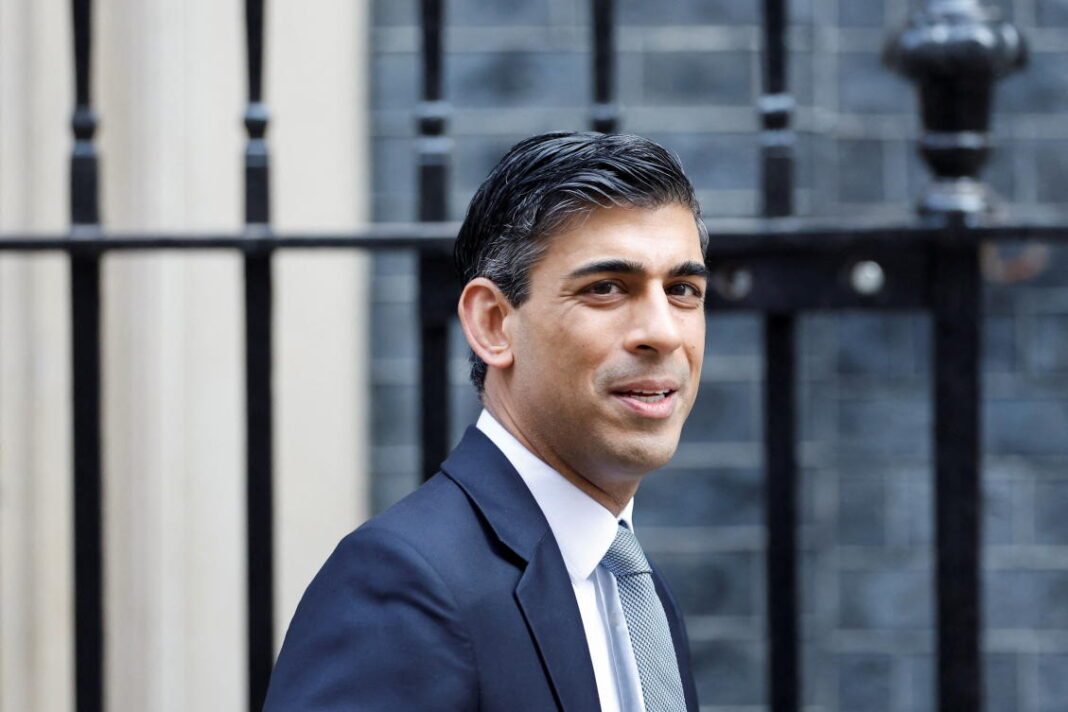LONDON: British government borrowing in the recently ended 2021/22 financial year was almost 20 percent higher than forecast by the country’s budget office last month, according to figures published on Tuesday.
The data underscored the challenge for finance minister Rishi Sunak who is under pressure to give new help to households and businesses hit by surging inflation, but who says he wants to fix the public finances after his COVID-19 borrowing surge.
Sunak responded to the figures by saying he was committed to helping people face their immediate cost of living pressures but repeated his plan to tackle Britain’s debt stockpile which has jumped to more than 2 trillion pounds ($2.55 trillion).
British public-sector net borrowing, excluding state-owned banks, totalled 151.8 billion pounds ($193.59 billion) in the 2021/22 financial year.
Last month, the Office for Budget Responsibility said it expected borrowing in 2021/22 to be 127.8 billion pounds.
“The deficit is likely to start falling at a slower pace, with inflation raising debt interest costs and fiscal support to households kicking in,” said Martin Beck, chief economic adviser to the EY ITEM Club consultancy.
The government’s debt office said it was increasing its borrowing plans for the 2022/23 year by almost 14 billion pounds to just under 162 billion pounds.
In March alone, borrowing was 18.1 billion pounds, the Office for National Statistics said on Tuesday, below the average forecast of a deficit of 19.25 billion pounds in a Reuters poll of economists.
An ONS official said the 2021/22 overshoot was largely due to higher public spending on goods and services and investment — both of which were likely to be revised in future — while receipts were largely in line with the OBR’s forecasts.
The deficit for the 12 months to March was less than half its level in the previous financial year when Britain borrowed the most it ever has in peacetime to fund its huge support for the economy during the worst of the COVID-19 pandemic.
Nonetheless, the most recent figure was still the third-highest on record since records began in 1947, after the first year of the coronavirus pandemic and the 2009/10 financial year, during the global financial crisis.
Fast-rising inflation is pushing up the cost of servicing Britain’s government debt, around a quarter of which pays an interest rate tied to the rate of retail price inflation.
The debt interest bill of almost 70 billion pounds in the 2021/22 year was up by nearly 80 percent from a year earlier.
Public-sector net debt, excluding state-owned banks, totalled 2.34 trillion pounds or 96.2 percent of GDP, the ONS said.
UK’s Sunak faces new headache as borrowing figures overshoot forecast




